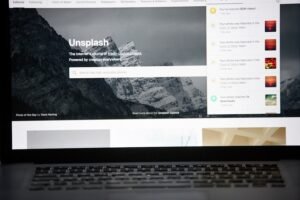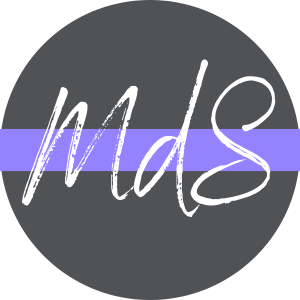In recent years, the vacation home rental industry has experienced significant growth, with more and more travelers opting for the comfort and convenience of staying in a home away from home. However, despite the popularity of vacation home rentals, the booking process has often been cumbersome and frustrating for both travelers and travel agencies. This is where design comes into play.
Design plays a crucial role in improving the user experience and making the booking process more efficient and enjoyable. By incorporating user-friendly interfaces, advanced search filters, automated systems, high-quality images and videos, detailed property descriptions and reviews, social media integration, personalized recommendations, and ensuring security and privacy for online transactions, travel agencies can revolutionize the vacation home booking experience.
Understanding the Importance of Design in Travel Agency Websites
The design of a travel agency website has a significant impact on user engagement and conversion rates. A well-designed website not only attracts users but also keeps them engaged and encourages them to take action, such as making a booking. A cluttered or confusing website, on the other hand, can lead to frustration and abandonment.
Branding and visual identity also play a crucial role in building trust with customers. A consistent and visually appealing brand image helps establish credibility and professionalism. By incorporating elements such as a logo, color scheme, typography, and imagery that align with the brand’s values and target audience, travel agencies can create a strong visual identity that resonates with potential customers.
Creating a User-Friendly Interface for Vacation Home Booking
Simplicity and ease of use are key when designing a user-friendly interface for vacation home booking. Users should be able to navigate through the website effortlessly and find the information they need quickly. This can be achieved by using clear and intuitive navigation menus, organizing information in a logical manner, and providing helpful tooltips or instructions where necessary.
Best practices for designing a user-friendly interface include using a clean and uncluttered layout, using consistent and easily recognizable icons and buttons, providing clear and concise instructions, and minimizing the number of steps required to complete a booking. By following these principles, travel agencies can ensure that users have a seamless and enjoyable booking experience.
Incorporating Advanced Search Filters for Efficient Booking
Advanced search filters are a valuable tool for both users and travel agencies. For users, they allow for more precise and efficient searching, enabling them to find the perfect vacation home that meets their specific criteria. For travel agencies, advanced search filters help streamline the booking process by narrowing down the options and presenting users with the most relevant results.
Examples of effective search filters for vacation home rentals include location, price range, number of bedrooms and bathrooms, amenities (such as a pool or a hot tub), pet-friendliness, and availability dates. By incorporating these filters into their websites, travel agencies can provide users with a personalized and efficient booking experience.
Streamlining the Booking Process with Automated Systems
Automation is another key aspect of improving the vacation home booking process. By automating certain tasks, such as availability checks, price calculations, and confirmation emails, travel agencies can save time and resources while providing a faster and more efficient service to their customers.
Examples of automated systems for vacation home rentals include real-time availability calendars, instant booking options, automated pricing algorithms based on demand and seasonality, and automated email notifications for booking confirmations and reminders. These systems not only streamline the booking process but also enhance the overall user experience.
Enhancing the User Experience with High-Quality Images and Videos
Visual content plays a crucial role in engaging users and convincing them to book a vacation home. High-quality images and videos allow potential renters to get a better sense of what the property looks like and what amenities are available. They help create an emotional connection with the property and make it more appealing.
Best practices for using high-quality images and videos in vacation home rental listings include using professional photography or videography, showcasing the property from different angles and perspectives, highlighting key features and amenities, and providing virtual tours or 360-degree views. By incorporating these visual elements, travel agencies can significantly enhance the user experience and increase conversion rates.
Providing Detailed Property Descriptions and Reviews
Accurate and detailed property descriptions are essential for providing potential renters with the information they need to make an informed decision. Travel agencies should provide comprehensive information about the property’s location, size, amenities, nearby attractions, and any specific rules or restrictions.
User reviews also play a crucial role in building trust with potential renters. Positive reviews from previous guests can help alleviate any concerns or doubts they may have and provide reassurance that the property is as advertised. Travel agencies should encourage guests to leave reviews and respond promptly to any negative feedback to show their commitment to customer satisfaction.
Integrating Social Media and User-Generated Content for Authenticity
Integrating social media and user-generated content into vacation home rental listings can add authenticity and credibility. By showcasing real-life experiences and testimonials from previous guests, travel agencies can build trust with potential renters and provide them with a more authentic and transparent view of the property.
Examples of effective social media and user-generated content strategies include embedding social media feeds on the website, featuring guest photos and testimonials, encouraging guests to share their experiences on social media using a specific hashtag, and leveraging user-generated content in marketing campaigns. By incorporating these strategies, travel agencies can create a sense of community and foster trust with their audience.
Offering Personalized Recommendations and Itinerary Planning
Personalized recommendations and itinerary planning services can greatly enhance the vacation planning experience for users. By leveraging data such as previous bookings, preferences, and travel history, travel agencies can provide tailored recommendations for activities, attractions, restaurants, and events that align with the user’s interests and preferences.
Examples of effective personalized recommendation and itinerary planning tools include interactive maps, curated lists of recommendations based on location or interest, and personalized travel itineraries that can be customized and saved. By offering these services, travel agencies can provide a more personalized and memorable experience for their customers.
Ensuring Security and Privacy for Online Transactions
Security and privacy are paramount when it comes to online transactions, especially when it involves sensitive information such as credit card details. Travel agencies should prioritize the implementation of secure payment gateways and encryption protocols to protect their customers’ data.
Best practices for ensuring secure and private vacation home rental bookings include using SSL certificates to encrypt data transmission, complying with industry standards and regulations such as PCI DSS, implementing two-factor authentication for user accounts, and regularly monitoring and updating security measures. By prioritizing security and privacy, travel agencies can instill confidence in their customers and protect their sensitive information.
The Future of Vacation Home Booking and the Role of Design in Travel Agencies
The vacation home rental market is expected to continue growing in the coming years as more travelers seek unique and personalized experiences. In this competitive landscape, travel agencies need to prioritize design to improve the user experience, build trust with customers, and stay ahead of the competition.
By incorporating user-friendly interfaces, advanced search filters, automated systems, high-quality images and videos, detailed property descriptions and reviews, social media integration, personalized recommendations, and ensuring security and privacy for online transactions, travel agencies can revolutionize the vacation home booking experience.
Design plays a crucial role in enhancing the user experience, increasing conversion rates, and building trust with customers. As the vacation home rental market continues to evolve, travel agencies that prioritize design will be better positioned to meet the needs and expectations of their customers and thrive in this competitive industry.






